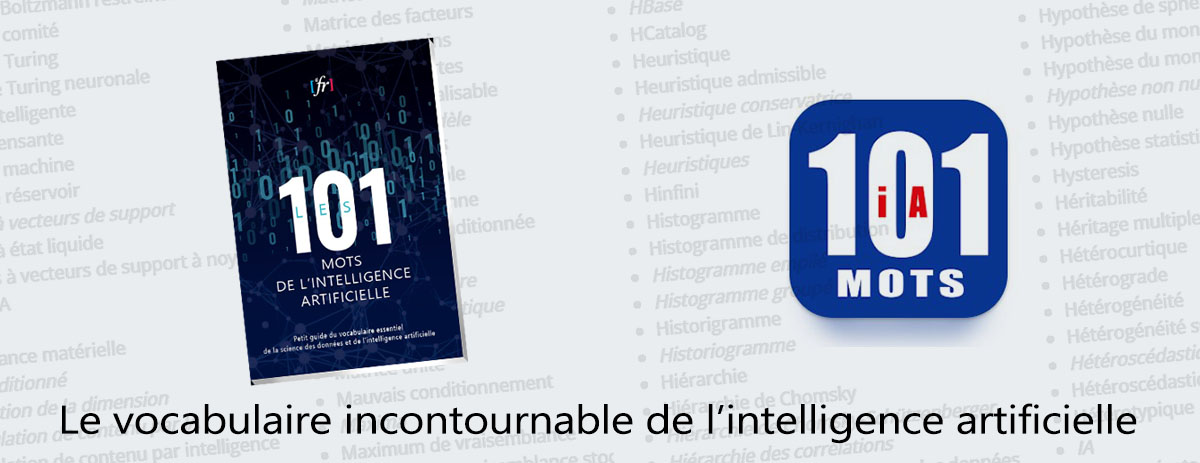Intelligence ambiante
Domaine
Définition
Termes privilégiés
Anglais
Ambient intelligence
In computing, ambient intelligence (AmI) refers to electronic environments that are sensitive and responsive to the presence of people. Ambient intelligence is a vision on the future of consumer electronics, telecommunications and computing that was originally developed in the late 1990s by Eli Zelkha and his team at Palo Alto Ventures for the time frame 2010–2020.[1][2][3][4] In an ambient intelligence world, devices work in concert to support people in carrying out their everyday life activities, tasks and rituals in an easy, natural way using information and intelligence that is hidden in the network connecting these devices (for example: The Internet of Things). As these devices grow smaller, more connected and more integrated into our environment, the technology disappears into our surroundings until only the user interface remains perceivable by users.
The ambient intelligence paradigm builds upon pervasive computing, ubiquitous computing, profiling, context awareness, and human-centric computer interaction design, of which, is characterized by systems and technologies that are:[5]
embedded: many networked devices are integrated into the environment context aware: these devices can recognize you and your situational context personalized: they can be tailored to your needs adaptive: they can change in response to you anticipatory: they can anticipate your desires without conscious mediation.
A typical context of ambient intelligence environment is a home environment, but may also be extended to work spaces (offices, co-working), public spaces (based on technologies such as smart street lights), and hospital environments[6].

Contributeurs: Jacques Barolet, wiki






